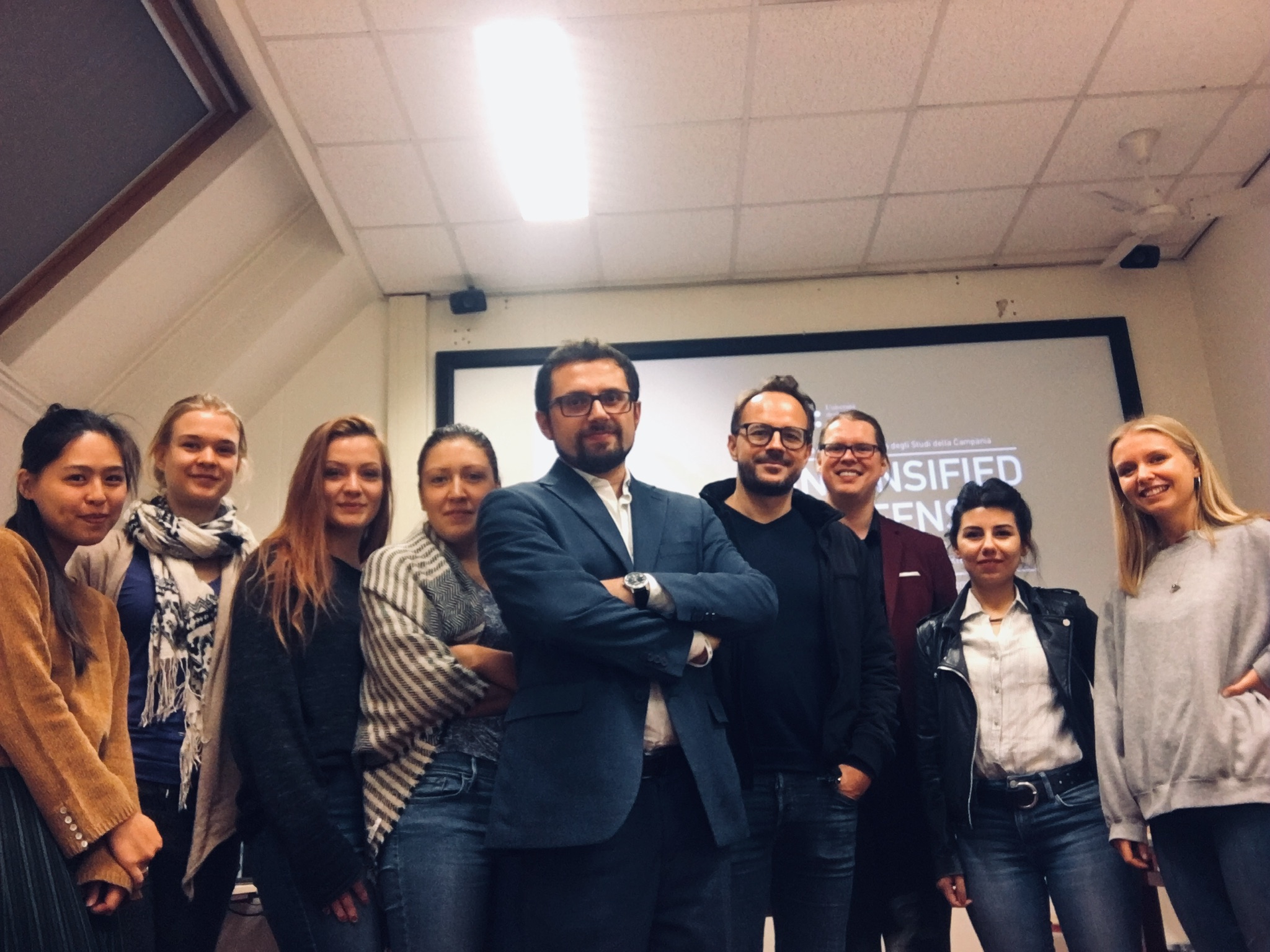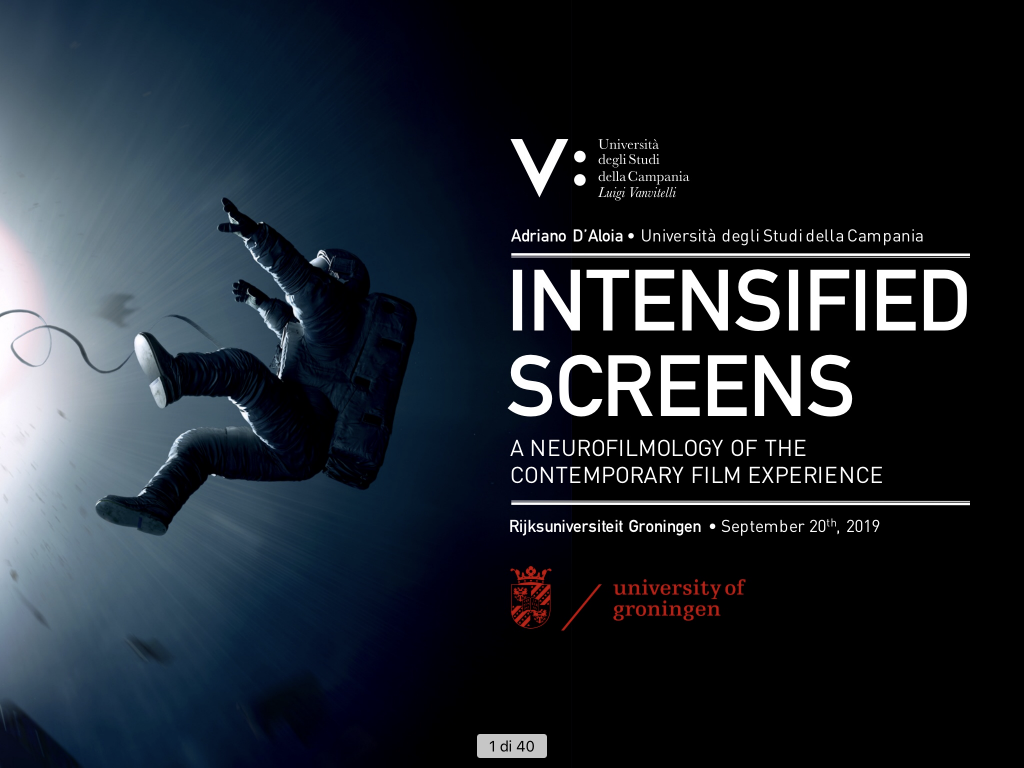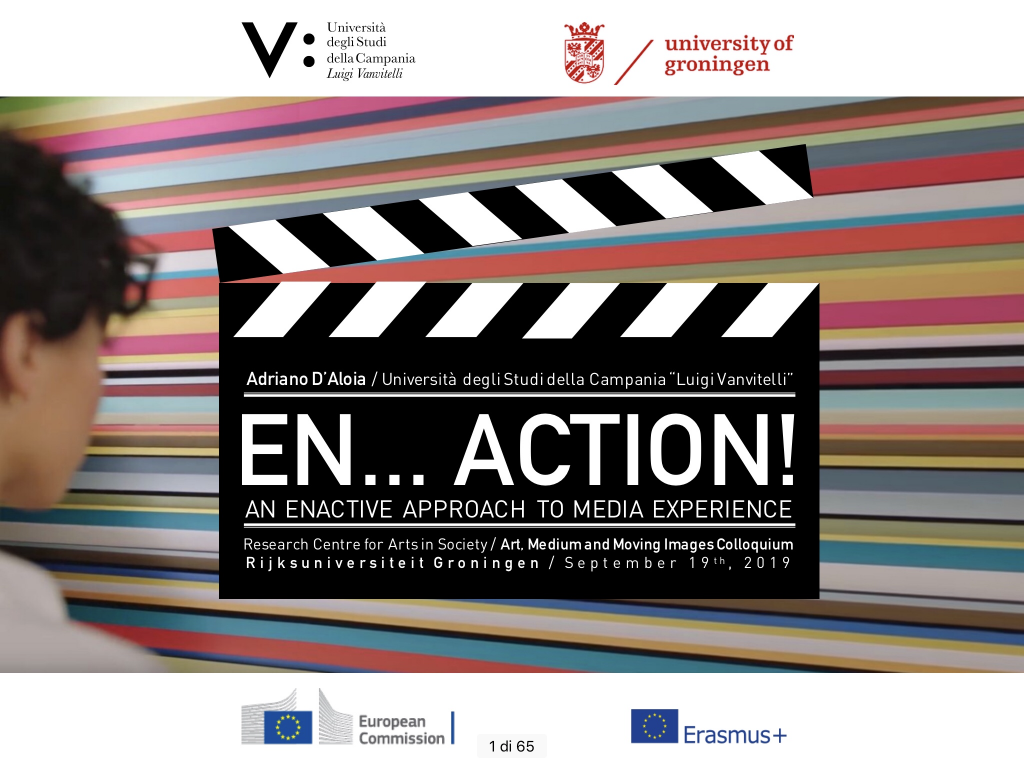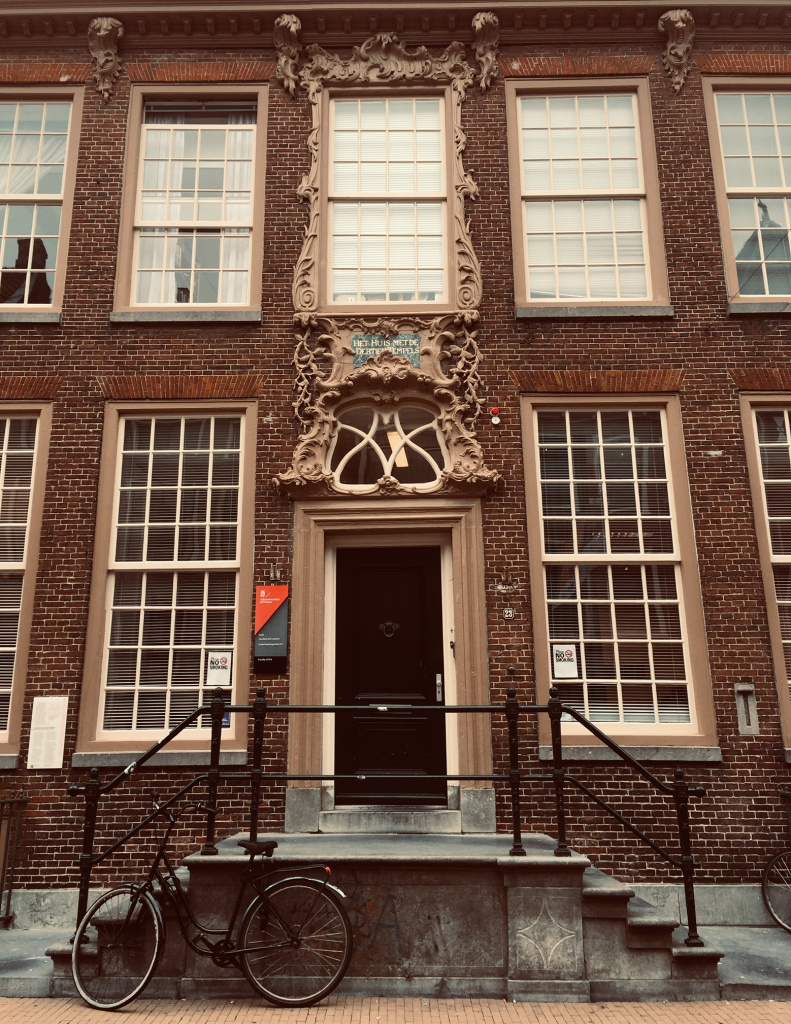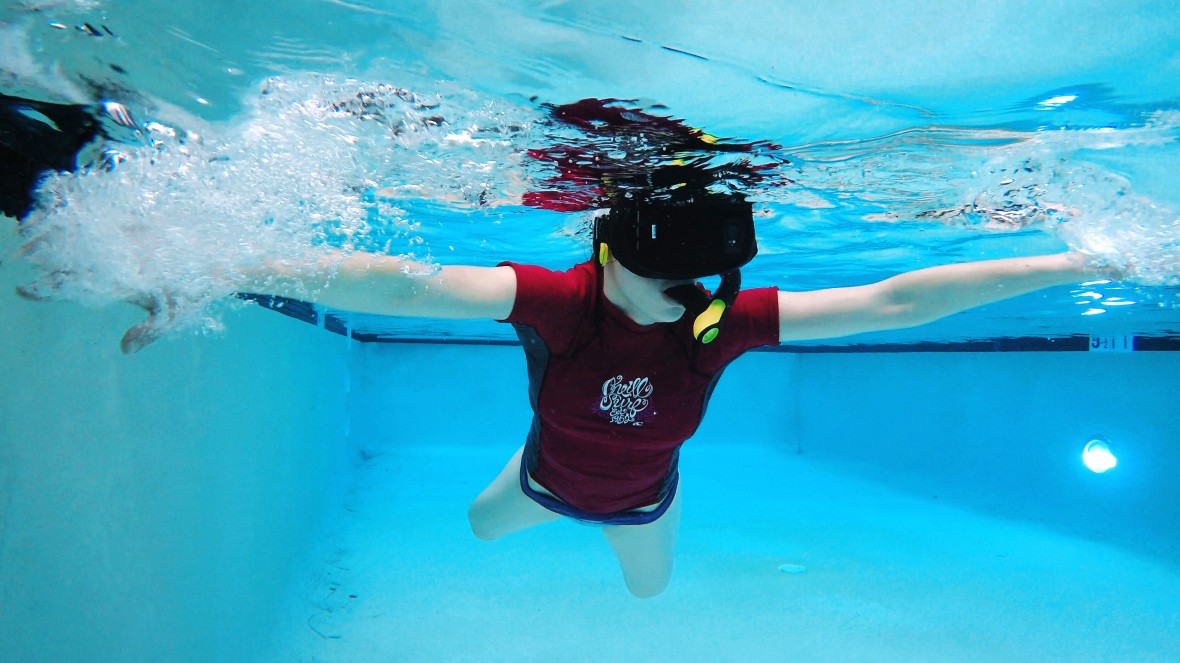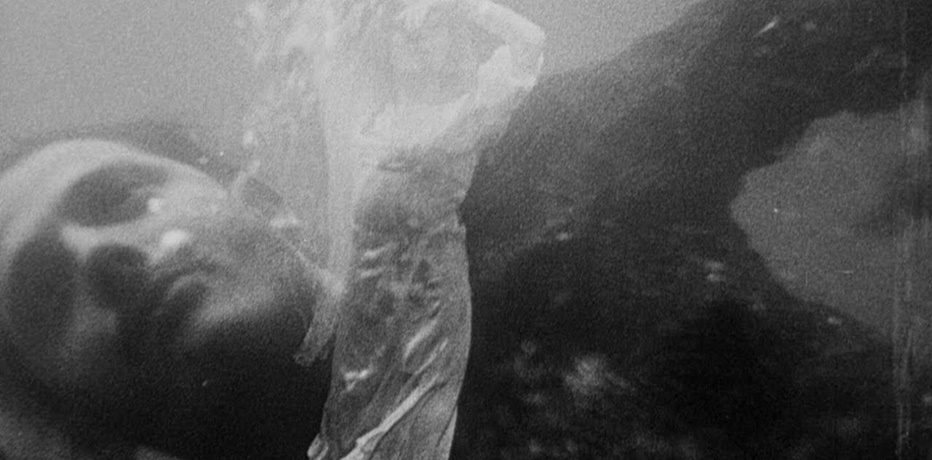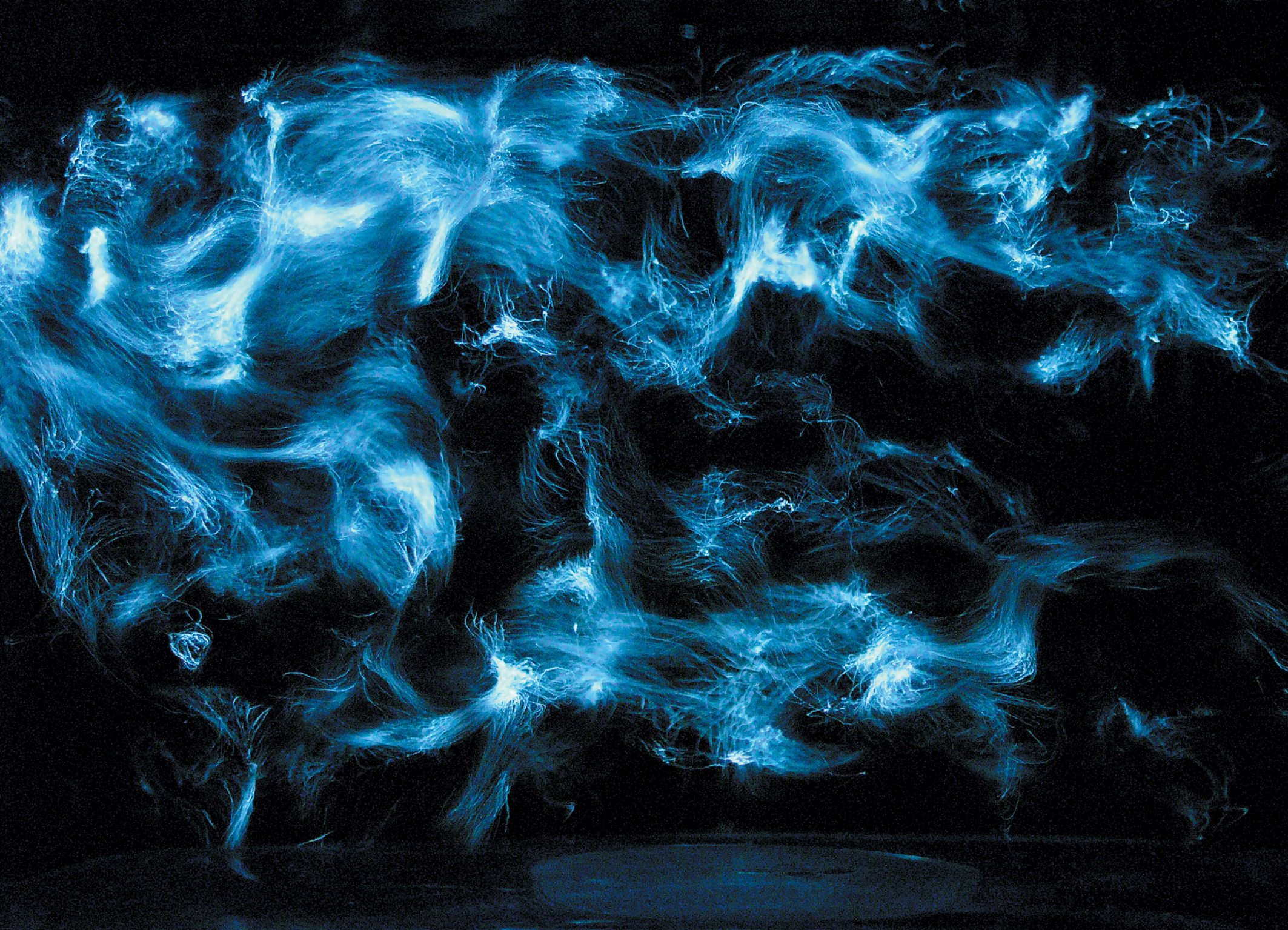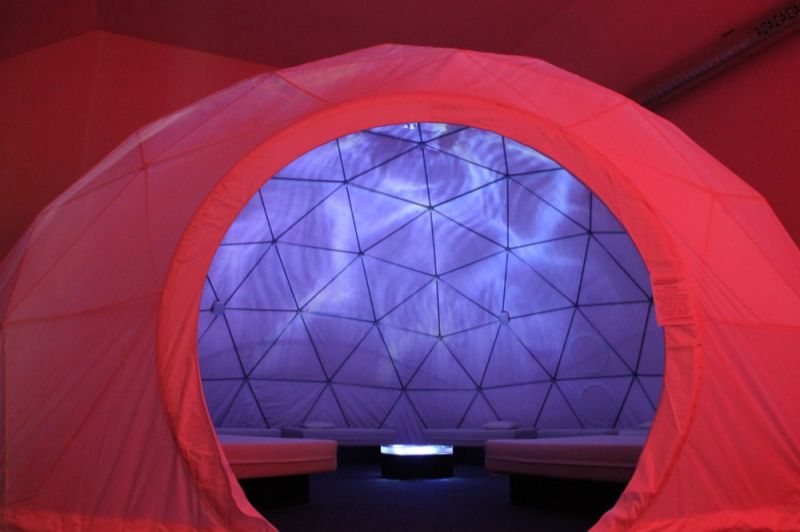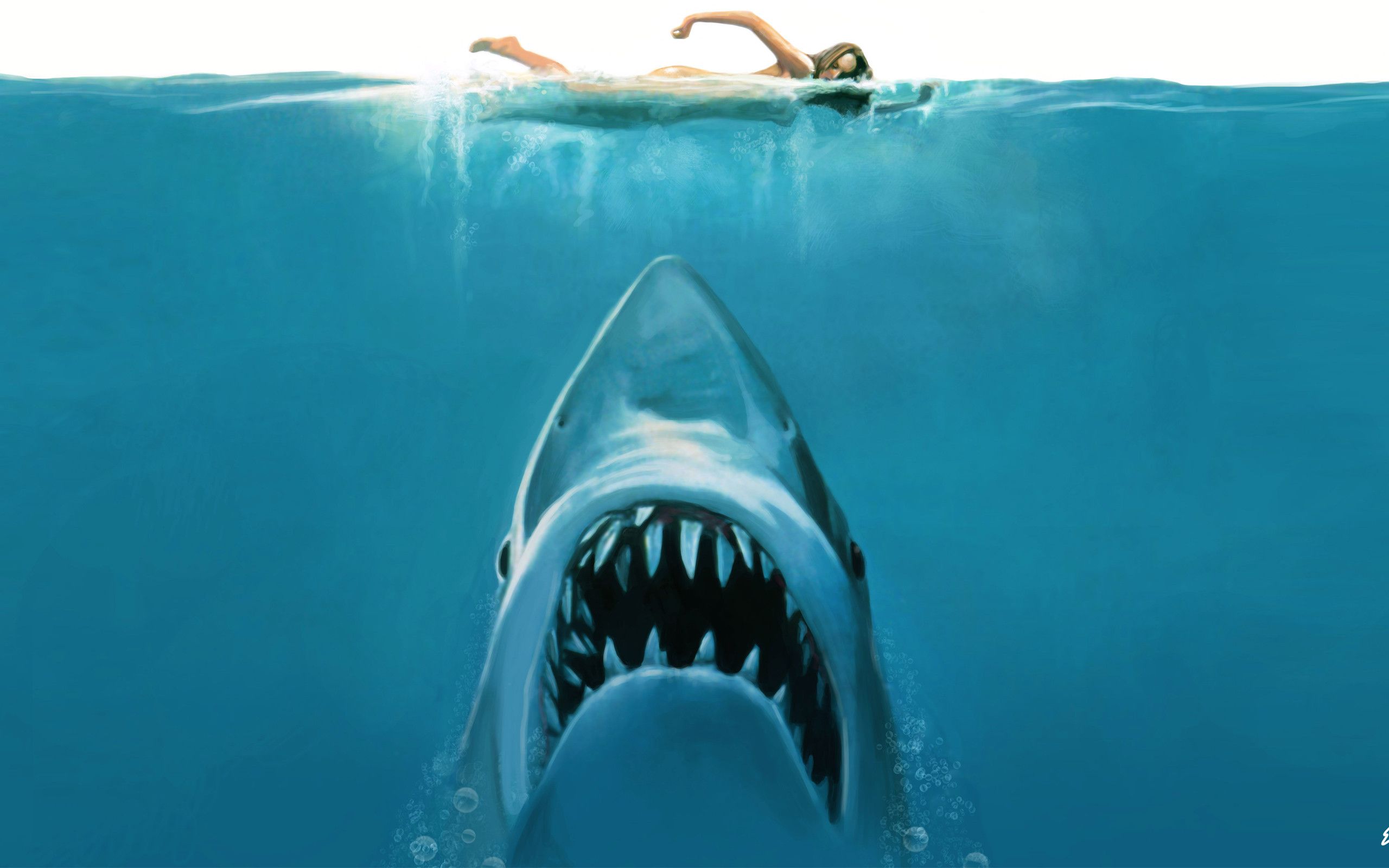Immersive Stories. Virtual Reality, Post-Cinema and Storytelling

In recent years, virtual reality (VR) has emerged as a new frontier of innovation and experimentation within what is known as “immersive entertainment” — gaming, art, museum exhibitions, TV and cinema. The proliferation on the market of new headsets (from the expensive HTC VIVE and Oculus to the popular Google Cardbox), the spread of platforms, apps and also VR cinemas around the world, and the inclusion of VR productions in international film festivals (e.g. Sundance, Tribeca, Venice) are trends demonstrating that VR is no longer just a fascinating 1980s-inspired literary or cinematic subject (from Tron to the Matrix trilogy, to the recent Steven Spielberg’s Ready Player One). VR is also a new way of designing and creating an experience in which the spectator is more directly, immediately, and effectively involved and entertained through immersion and a strong sense of presence, i.e. the illusion of being part of an …
